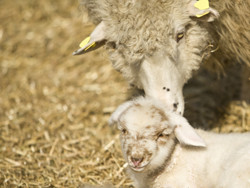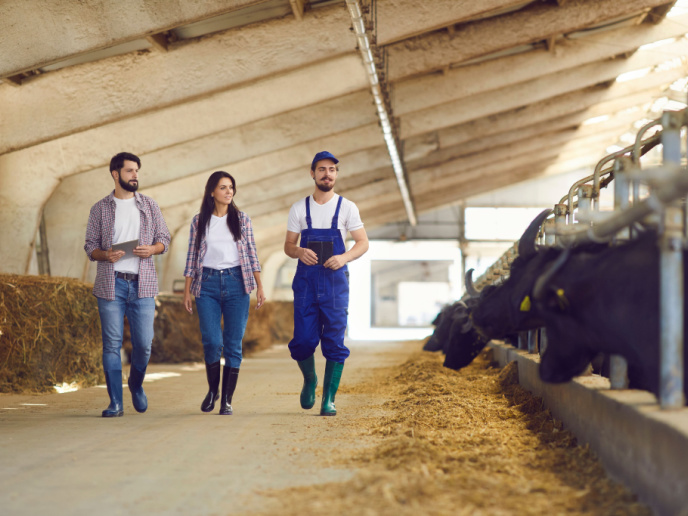Sheep fertility and artificial reproduction
AI has contributed more than any other technique to the genetic improvement of livestock in modern animal production. The cryopreservation of semen at sub-zero temperatures means that cells can be preserved almost indefinitely. The main disadvantage to this technique, however, is that freezing and thawing can damage cells, significantly reducing the quality and subsequent fertility of the semen. An EU-funded project titled 'Advanced studies on improving sheep fertility by using artificial means of reproduction' (SHEEPREP) aimed to increase the conception rate in ewes following AI, using frozen-thawed semen. This was achieved by improving freezing technology, evaluating spermatozoa, and testing the efficiency of different preserving and AI technologies. The initiative also encouraged cooperation in international and cross-disciplinary research by bringing together specialists from Europe, North Africa and North America. These experts were drawn from the fields of genetics, reproduction, histology, biochemistry, biology and livestock management. Project results showed that the addition of the amino acid cysteine to the dilution media used for ram semen improved the quality of frozen-thawed ram semen. A new diluting-preserving media based on soybean milk with the biochemical buffer Tris, (hydroxymethyl) aminomethane, also showed encouraging results regarding sperm cell motility. Fertility rates were found to be higher when frozen sperm was diluted with Tris medium associated with the amino acid cysteine. The use of a helium-neon laser for irradiating frozen-thawed ram sperm cells was also developed and showed encouraging results concerning the improvement of semen quality. Work conducted by SHEEPREP highlighted the use of AI programmes in flocks as the best way to ensure genetic improvement. Through the use of AI, any breeder can have access to the best genes from their flock as well as obtain more milk and meat throughout the year by controlling breeding. Furthermore, AI can help reduce the risk of transmitting reproductive diseases.







